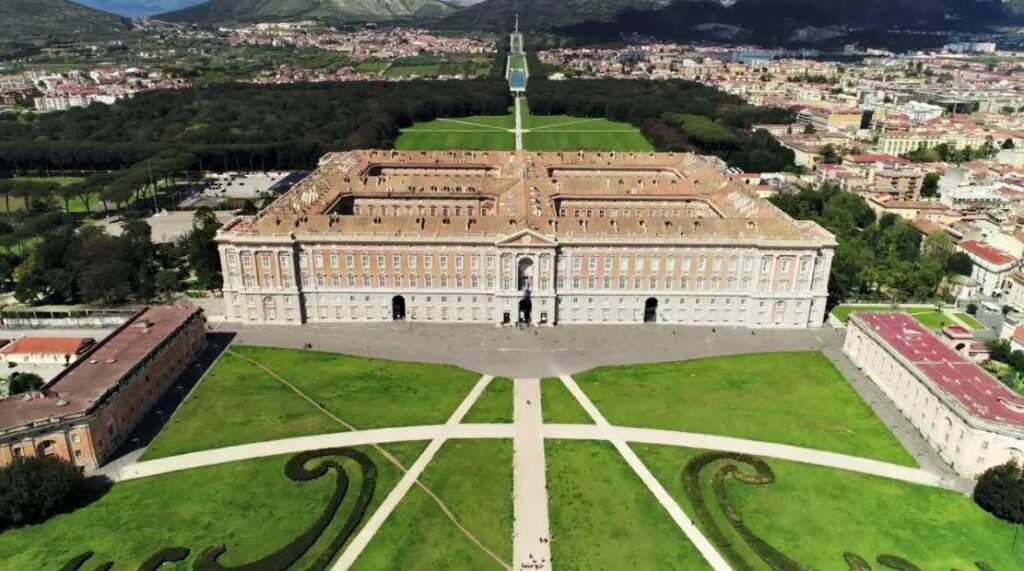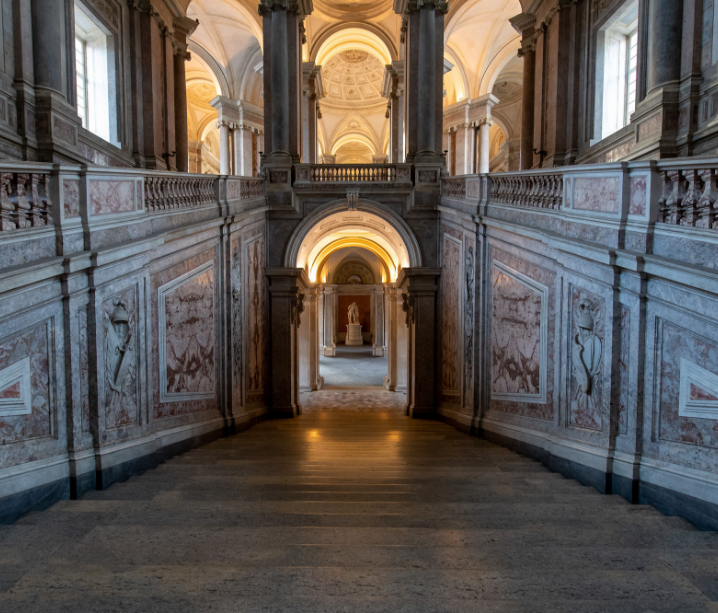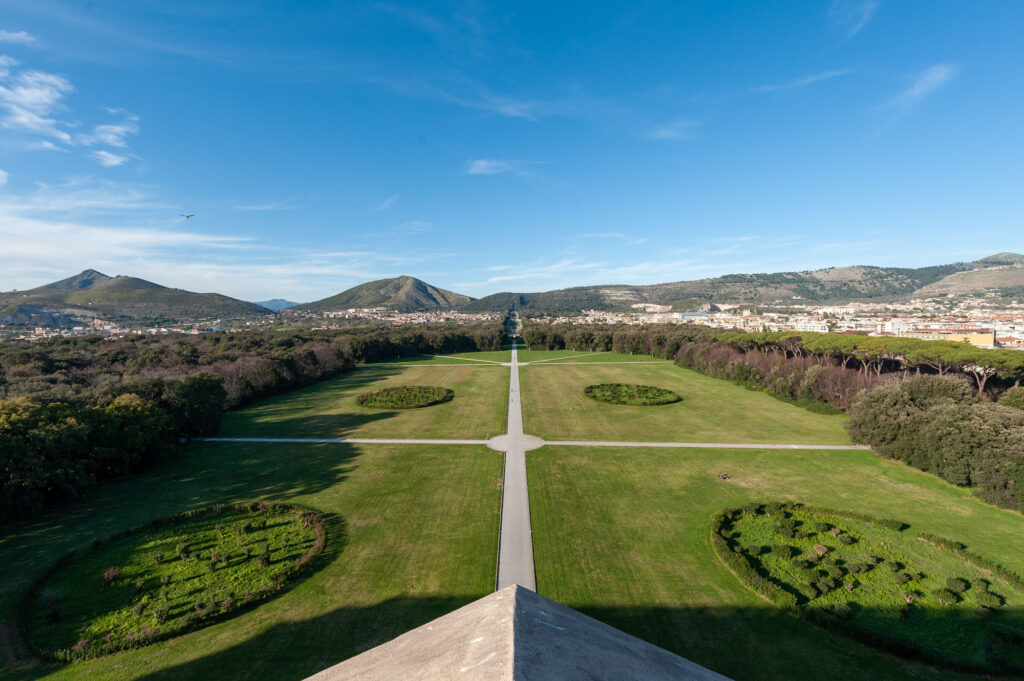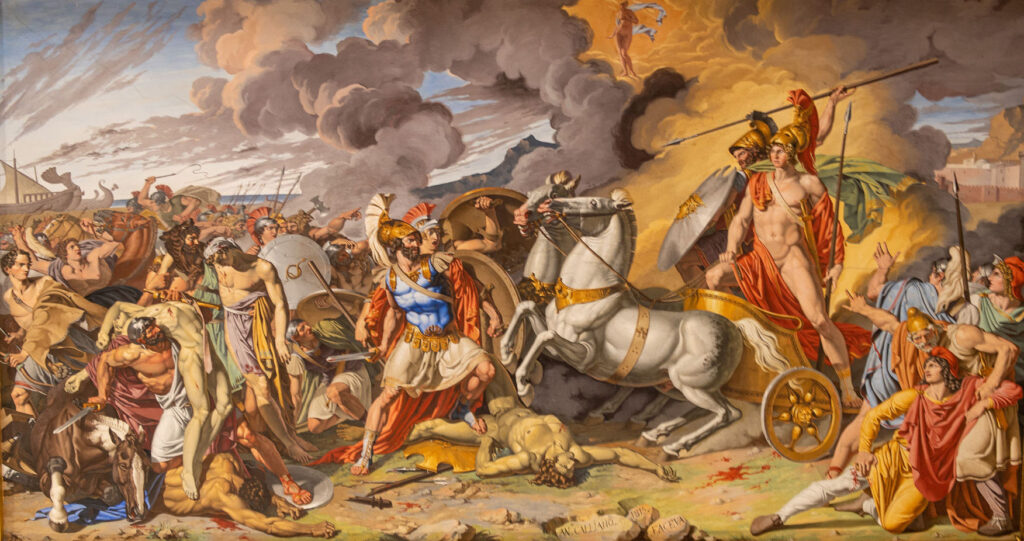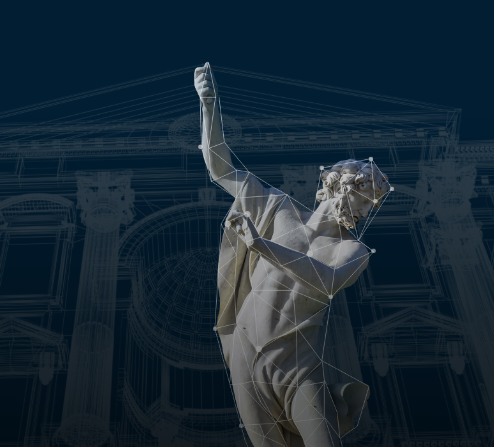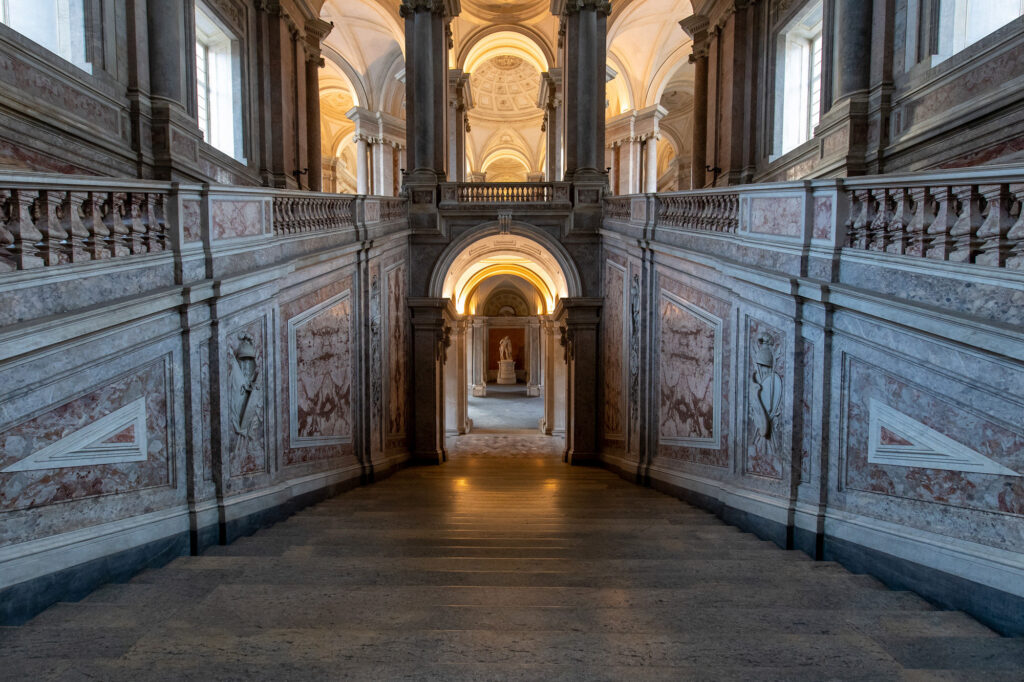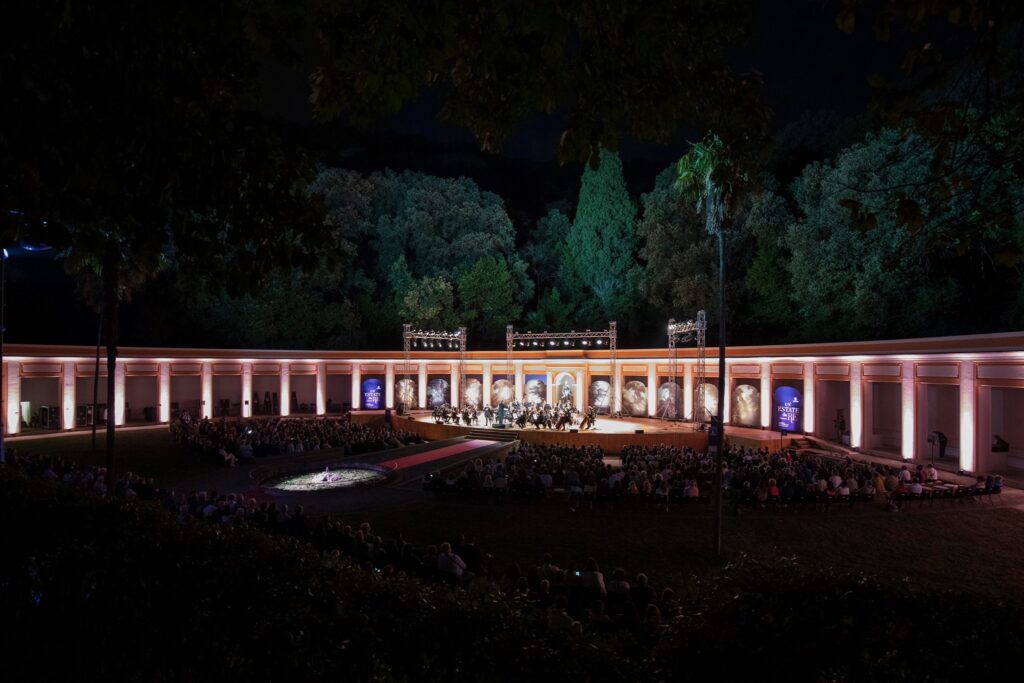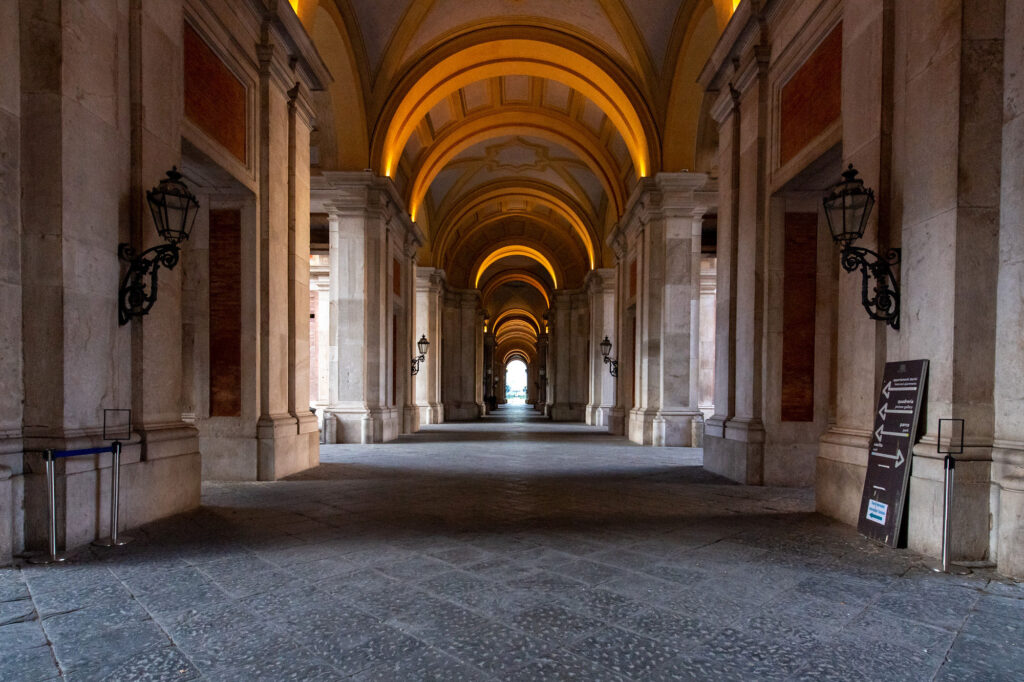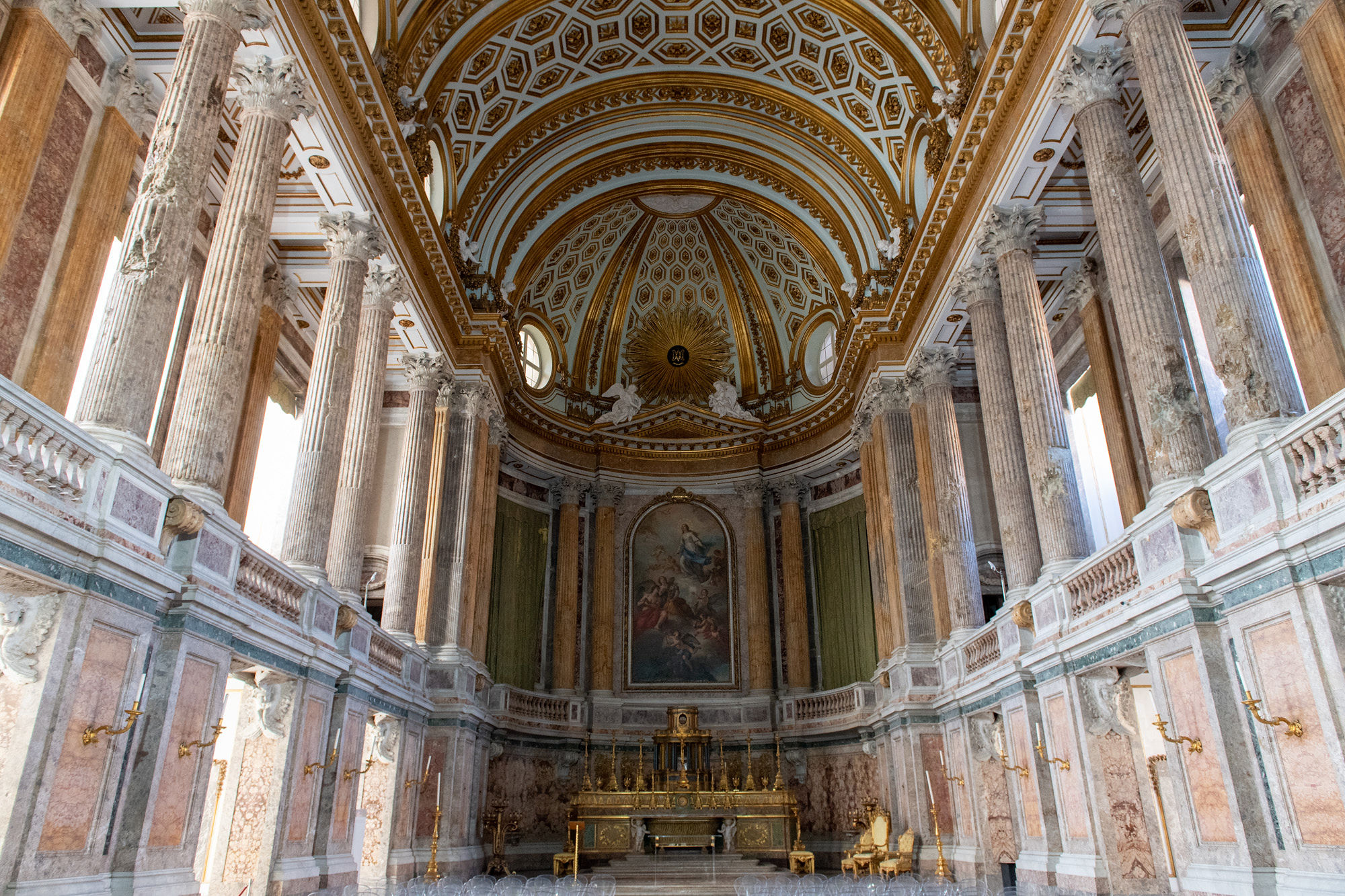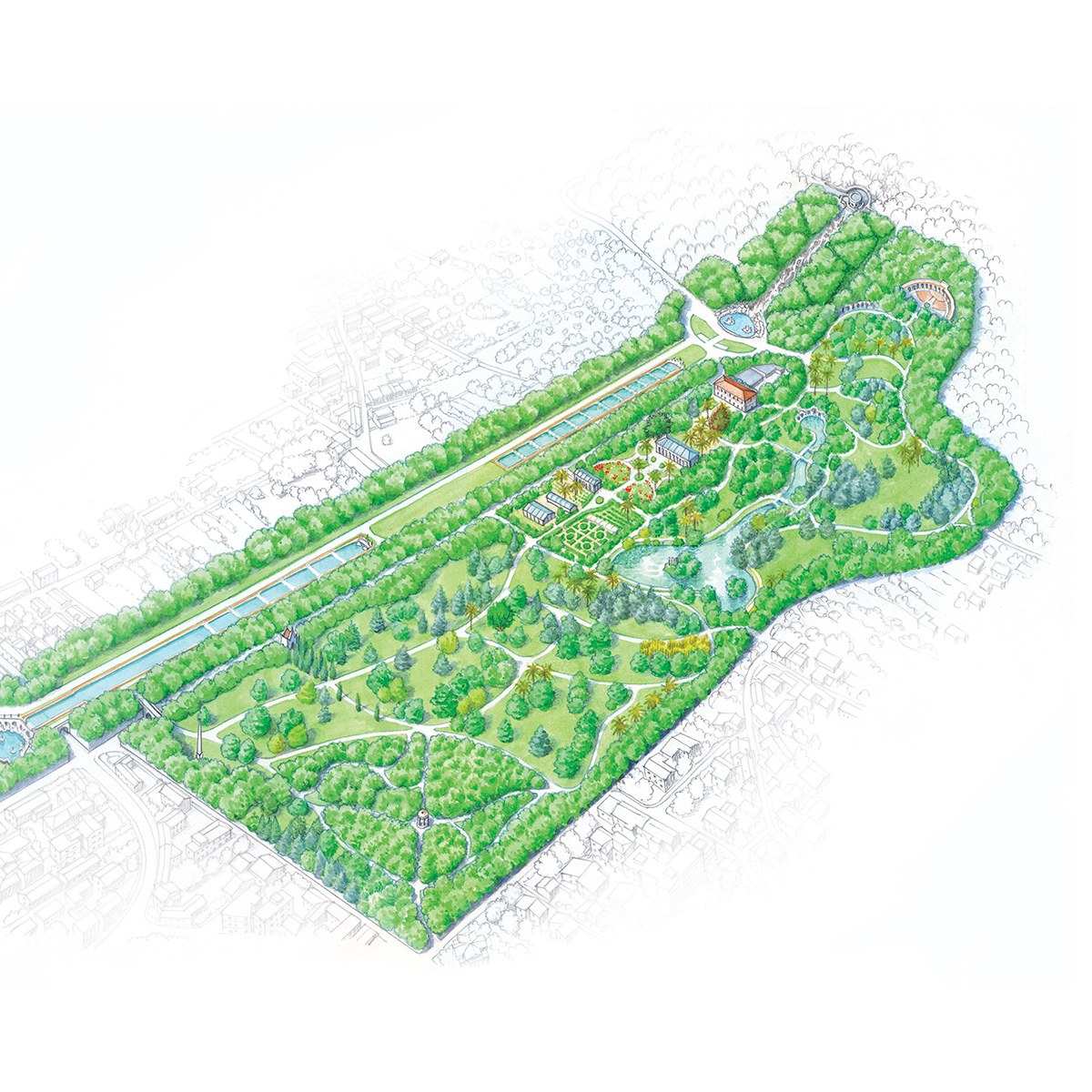Classical perfection and baroque vivacity to honour the "House of God"
Upon King Charles of Bourbon’s request, Luigi Vanvitelli designed the Royal Palatine Chapel on the model of Versailles’ which, however, he considered “bad, disproportionate in everything”. Distancing himself from the French model, he placed the chapel inside the Royal Palace with direct access from the Upper Vestibule. The works were continued by his son Carlo until the church’s inauguration on Christmas Day in 1784, in front of King Ferdinand IV.
The Chapel is defined by a large rectangular nave flanked by two rows of columns that rise on a high base. On the altar stands the Immaculate Conception by Giuseppe Bonito, the only canvas that survived the bombings in 1943. The polychrome marble of the floor, the ceiling covered in gold and the sumptuous decorations designed by Vanvitelli summarize the perfection of the classical spirit with baroque vivacity.
 Find out more
Find out more
The Most Beautiful Marbles in the Kingdom
King Charles paid special attention to the Palatine Chapel and carefully followed the progress of its works. No expense was too hefty for the purpose to decorate the “house of God”. He chose the most beautiful marbles among those extracted from the quarries of the kingdom of Naples and Sicily, selecting them on the basis of quality and colour: perch, yellow, grey, ancient green, to obtain that chromatic vivacity that distinguishes the Palatine Chapel today.



The Altar and the Tabernacle
Luigi Vanvitelli’s original project included an altar in exquisite marble and a tabernacle of precious stones, which was to be built by the Laboratory of the Hard Stones in Naples. Both projects were never completed. When Ferdinand II asked for the completion of the apse, on the occasion of the VII International Science Congress in 1845, two provisional models were used: a stucco altar and a wooden tabernacle sculpted by Antonio Rosz, which were never replaced.



The Bombing in 1943
For the Royal Chapel’s embellishment, King Charles and his wife Maria Amalia commissioned eight large paintings from the most renowned artists of the eighteenth century in Europe: Sebastiano Conca, Giuseppe Bonito, Anton Raphael Mengs. Almost all the canvases were destroyed during the air raid that hit the Royal Palace of Caserta in September 1943, along with part of the ceiling and columns, organs, sculptures and sacred furnishings of inestimable value. Some columns still bear the marks of the bombing, as evidence of one of the most dramatic moments in world history.




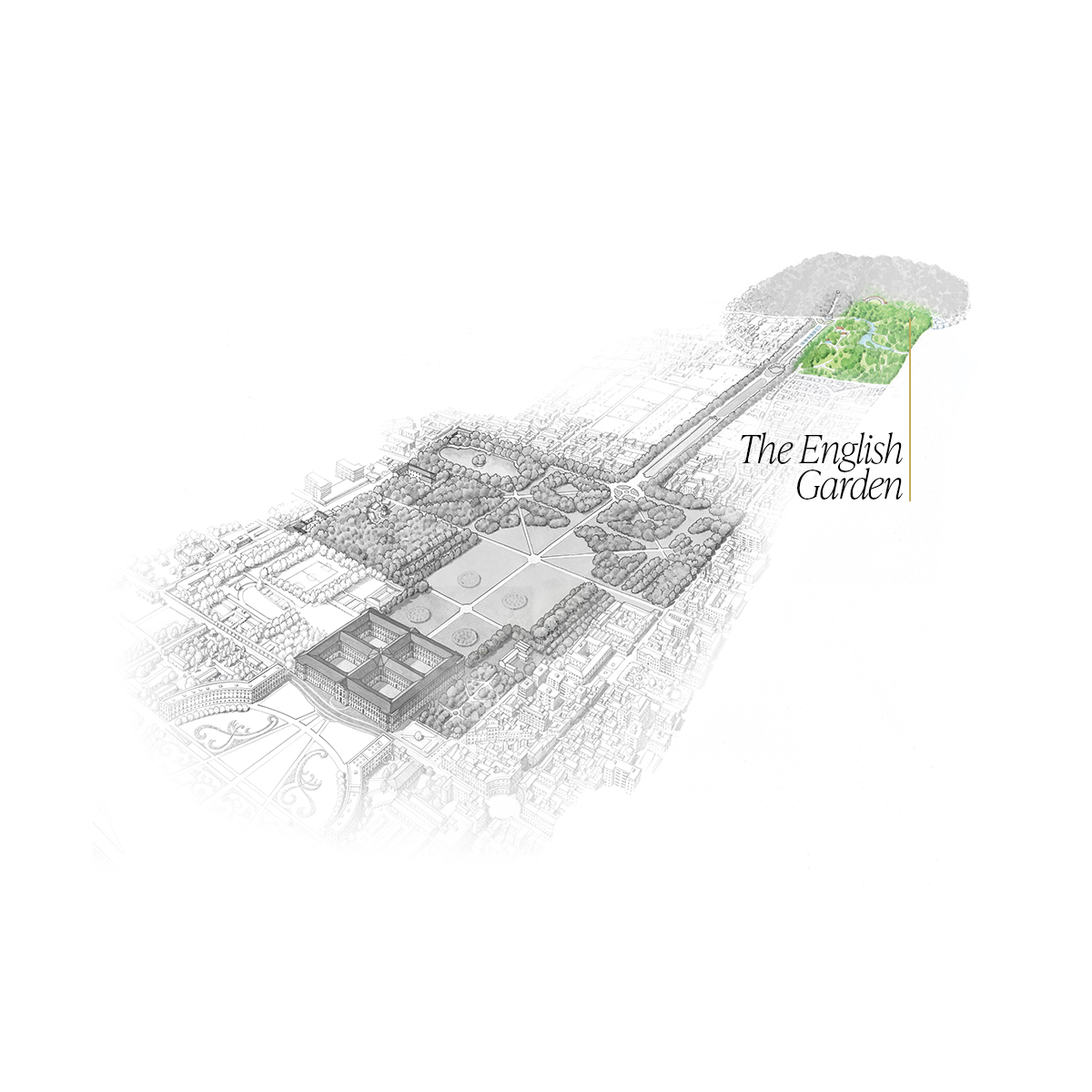
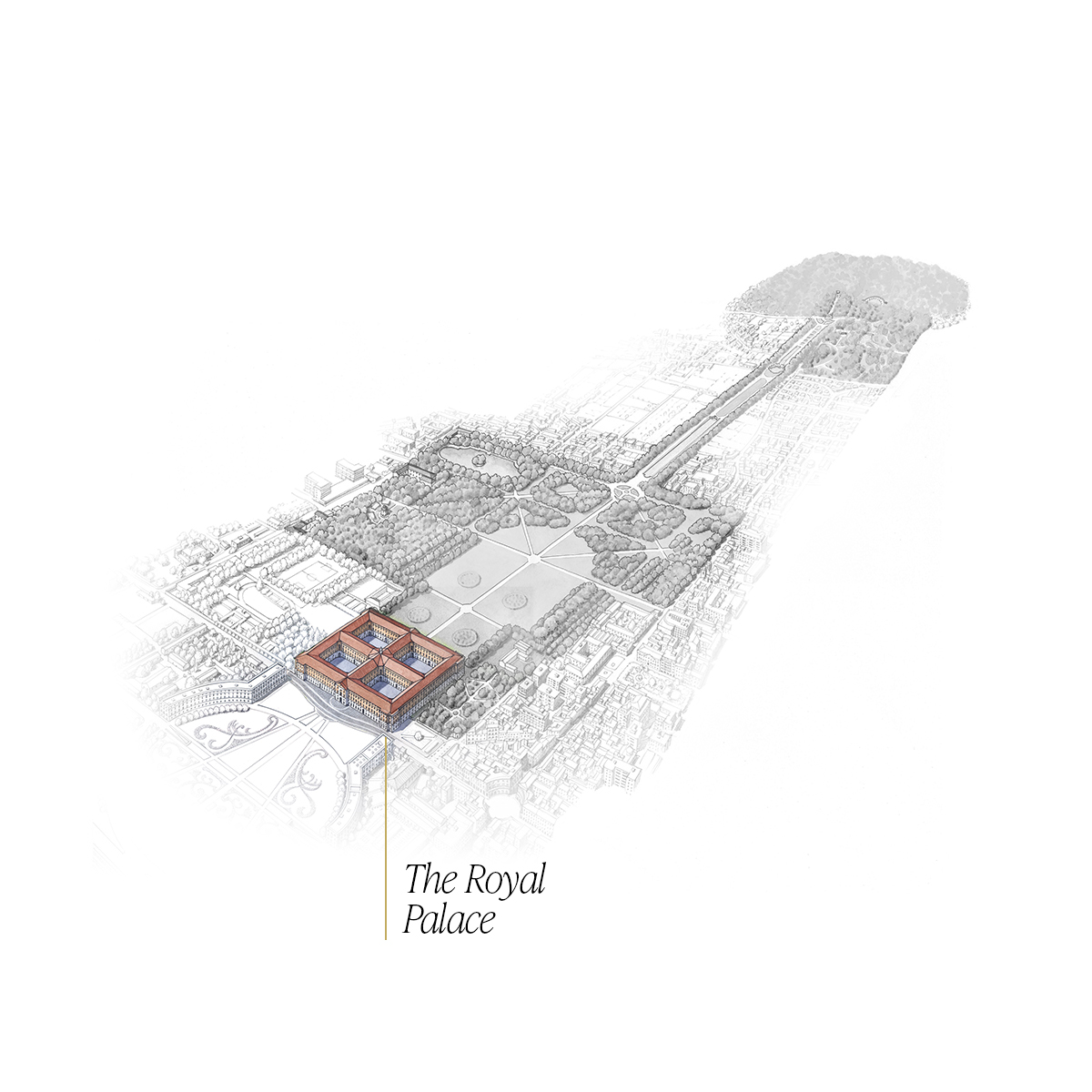
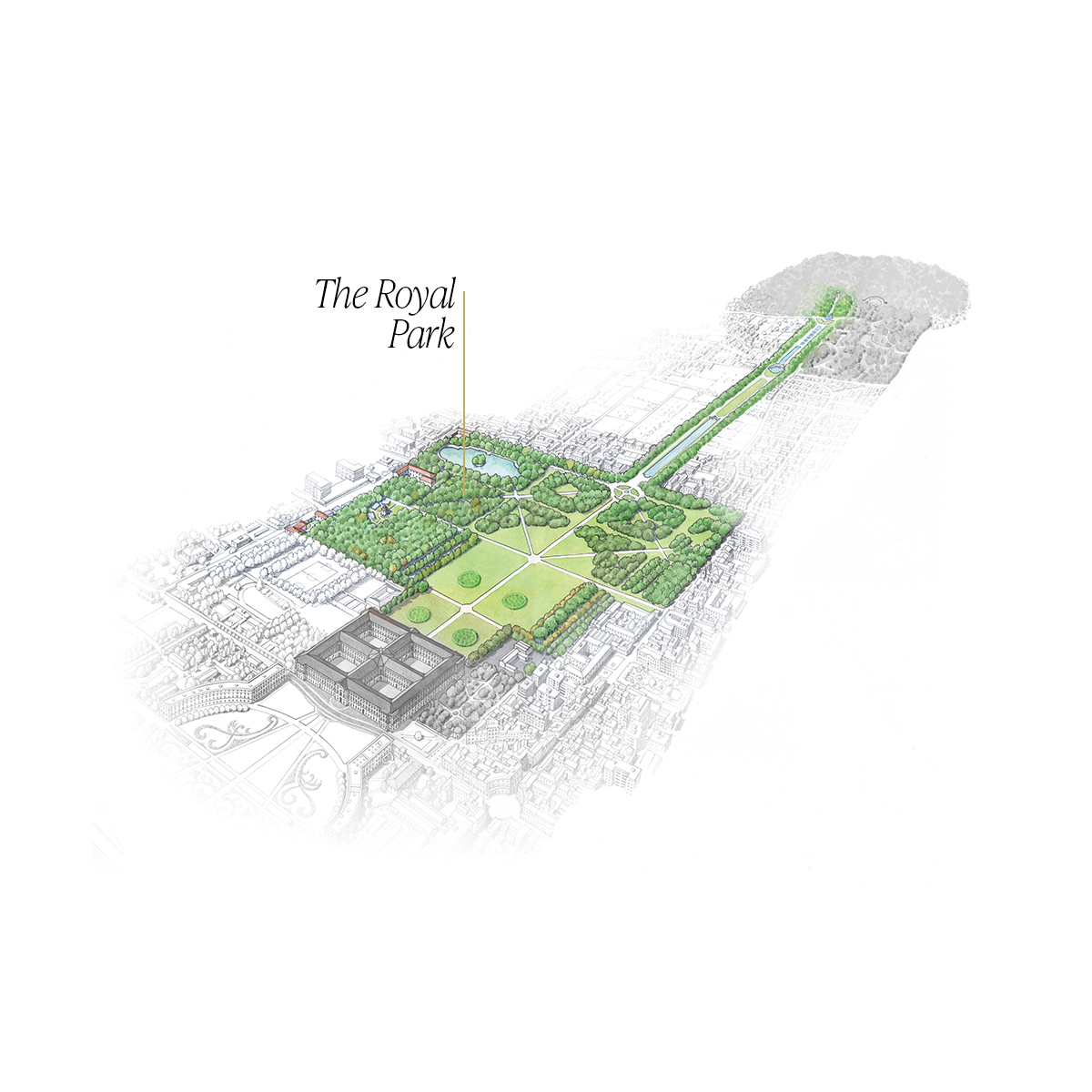
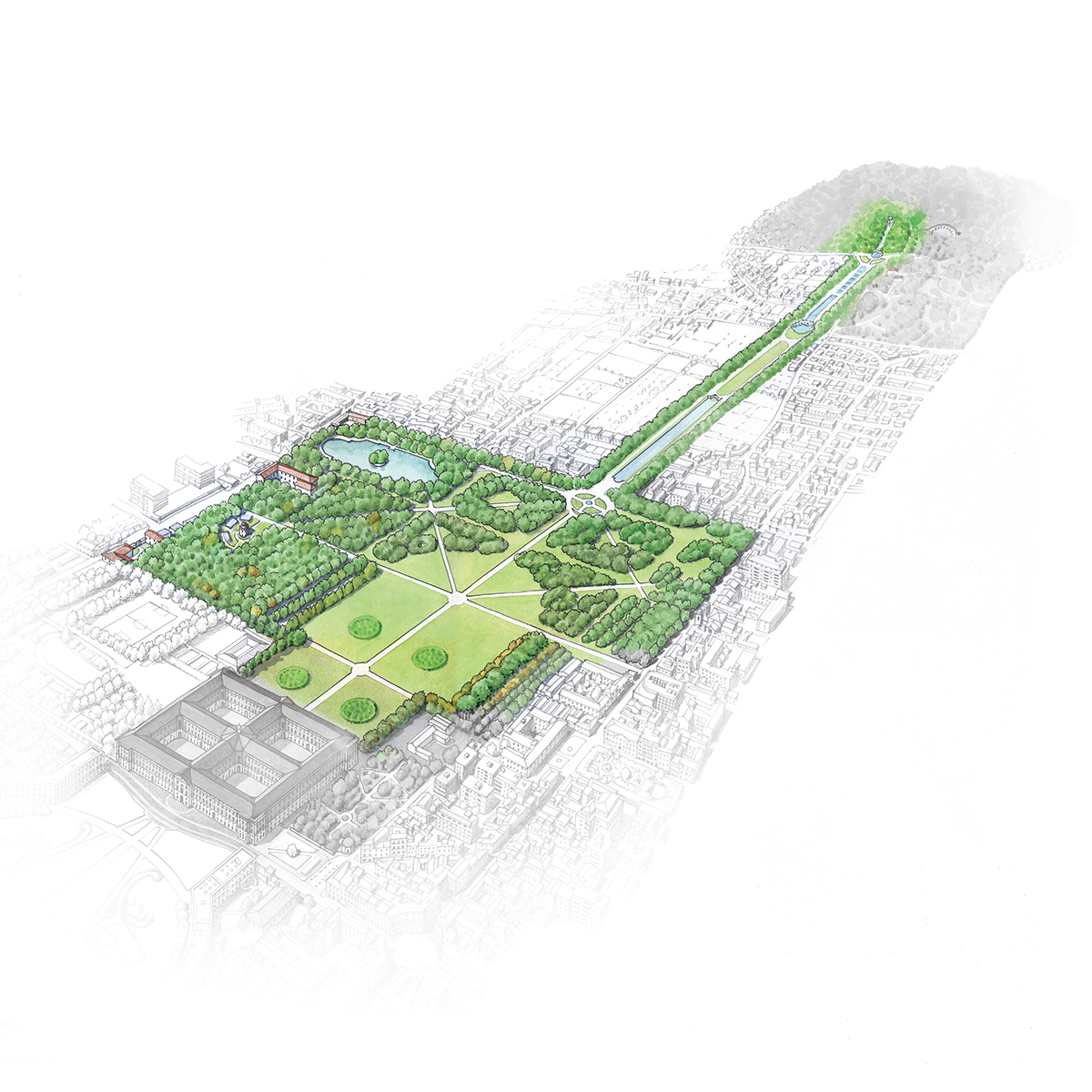
 Via d'acqua
Via d'acqua Castelluccia
Castelluccia Peschiera
Peschiera The Fountain of Dolphins
The Fountain of Dolphins The Fountain of Aeolus
The Fountain of Aeolus The Fountain of Ceres
The Fountain of Ceres The Fountain of Diana and Actaeon
The Fountain of Diana and Actaeon The Fountain of Venus and Adonis
The Fountain of Venus and Adonis The waterfall and Torrione
The waterfall and Torrione The Bosco Vecchio (Old Wood)
The Bosco Vecchio (Old Wood) The Margherita Fountain
The Margherita Fountain





